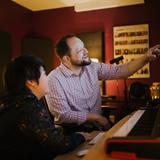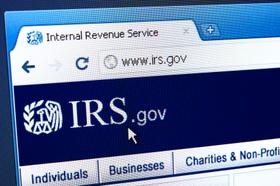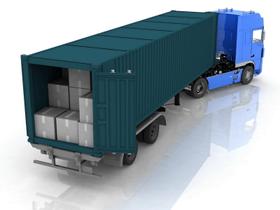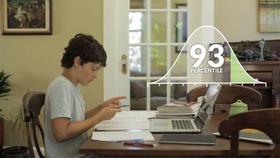Via School, a non-public school offering education and behavioral treatment to developmentally disabled students aged 5-21, accepts students who need and can benefit from highly-structured, behaviorally-based programming offered in the context of a warm and family-like environment.
Programs are designed to provide a strategic blend of challenge and support to help students and residents or clients succeed in increasingly less-restrictive environments such as those offered by local school districts, agencies providing adult services, supported employment programs, supported living programs, and, most importantly, the family and community.
As a rule, Via students have educational, behavioral, or medical needs that require more intensive staffing and behavioral programming than can be offered in classrooms in their own school districts.
Sometimes, these are students who have not flourished in prior placements in larger non-public schools and require a smaller, more intimate setting to succeed.
Referrals can be made by parents, school district program managers, case managers or care providers.
Placements must be made by the students' school districts through the Individualized Educational Program (IEP) teams.
Quick Stats (2025)
- School Type: Special Education School
- Grades: 7-11
- Enrollment: 8 students
- Application Deadline: None / Rolling
- Source: National Center for Education Statistics (NCES)
School Overview
School Type
Religious Affiliation
Grades Offered
Grades 7-11
School Calendar
Student Body
Total Students
8 students
Student Body Type
Co-ed
% Students of Color
63%
State avg.: 51%
Students by Grade
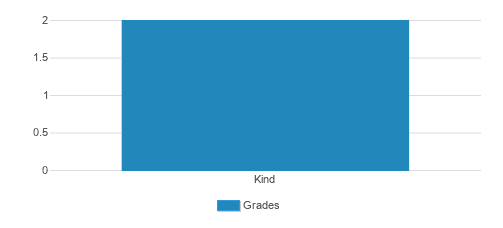
Academics and Faculty
Total Classroom Teachers
2 teachers
Student : Teacher Ratio
4:1
National avg.: 13:1
Tuition and Acceptance Rate
Admission Deadline
None / Rolling
School Notes
- Via School, a non-public school offering education and behavioral treatment to developmentally disabled students aged 5-21, accepts students who need and can benefit from highly-structured, behaviorally-based programming offered in the context of a warm and family-like environment. Programs are designed to provide a strategic blend of challenge and support to help students and residents or clients succeed in increasingly less-restrictive environments such as those offered by local school districts, agencies providing adult services, supported employment programs, supported living programs, and, most importantly, the family and community. As a rule, Via students have educational, behavioral, or medical needs that require more intensive staffing and behavioral programming than can be offered in classrooms in their own school districts. Sometimes, these are students who have not flourished in prior placements in larger non-public schools and require a smaller, more intimate setting to succeed. Referrals can be made by parents, school district program managers, case managers or care providers. Placements must be made by the students' school districts through the Individualized Educational Program (IEP) teams.
Source: National Center for Education Statistics (NCES)
Frequently Asked Questions
When is the application deadline for Via Center?
The application deadline for Via Center is rolling (applications are reviewed as they are received year-round).
In what neighborhood is Via Center located?
Via Center is located in the Southwest Berkeley neighborhood of Berkeley, CA. There are 5 other private schools located in Southwest Berkeley.
School Reviews
Endorse Via Center. Endorsements should be a few sentences in length. Please include any comments on:
- Quality of academic programs, teachers, and facilities
- Availability of music, art, sports and other extracurricular activities
- Academic or athletic awards
Recent Articles

A Parent's Guide To Understanding High School Teaching Methods
This comprehensive guide helps parents navigate the various teaching methods used in today's high school classrooms. By understanding these approaches, you'll be better equipped to support your teen's learning journey, communicate effectively with teachers, and create a complementary learning environment at home.

February 08, 2025
Social Emotional Learning: Education's Hidden SymphonyA musician's perspective on Social Emotional Learning reveals how this educational framework orchestrates success through five essential emotional competencies.

January 24, 2025
A Roadmap For Starting A Private SchoolUse this roadmap as a set of talking points with your trusted mentors and professionals to start the private school of your dreams. You're not alone. Over the years, hundreds of folks like you have had the same dream. From Quintilian to Maria Montessori to Lucy Madeira Wing, visionary educators have established schools to teach according to their beliefs and methodologies.

